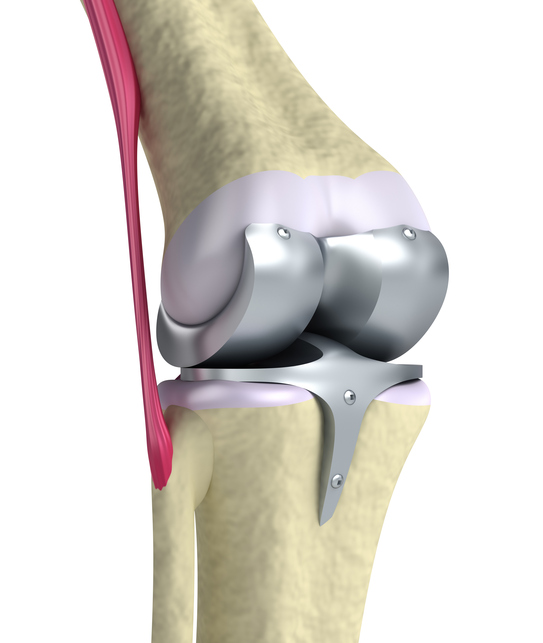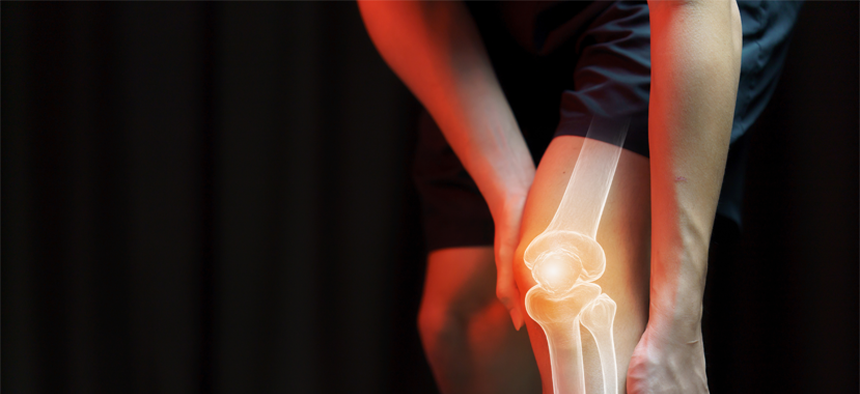Have Any Questions?
+91 77 9849 9977
Visit Us At
103, Shivom Regency, Baner Rd, Pune
+91 77 9849 9977
103, Shivom Regency, Baner Rd, Pune
The definition of arthroplasty is surgical joint replacement. During the procedure, your healthcare provider removes a damaged joint and replaces it with an artificial joint. The artificial joint (prosthesis) can be metal, ceramic or heavy-duty plastic. The new joint looks like the natural joint and moves in a similar way. Surgeons can replace joints in any part of your body, but the most common types of arthroplasty are hip replacement and knee replacement.
Most people who get this procedure need a total joint replacement. A small number of people are good candidates for a partial joint replacement.


Your surgeon may recommend arthroplasty if you have:
These symptoms can result from several conditions, including:
You may have your surgery in an outpatient clinic or at a hospital. The technique your surgeon uses varies depending on the type of surgery and the joint you need replaced. Right before your procedure, you will receive anesthesia. This ensures you won’t feel pain during arthroplasty.
Your surgeon makes incisions (cuts) and removes the damaged joint. Then they replace it with an artificial joint. They use stitches, staples or surgical glue to close the incisions. Your provider wraps the joint in a bandage. You may also need a brace or sling.
Surgeons can do some joint replacement procedures using minimally invasive techniques. These techniques use fewer incisions and special tools. The recovery time for minimally invasive procedures can be less than it is for traditional procedures. Your surgeon will recommend the most appropriate procedure for you.
Joint replacement procedures can help you move without pain and stiffness. After a joint replacement, many people can take part in activities they once enjoyed. These surgeries greatly improve quality of life and overall health by allowing people to have an active lifestyle.
As with any surgery, there is a risk of complications from arthroplasty. The risks include:

Mail Your Resume At : drpriyankaneuro13@gmail.com